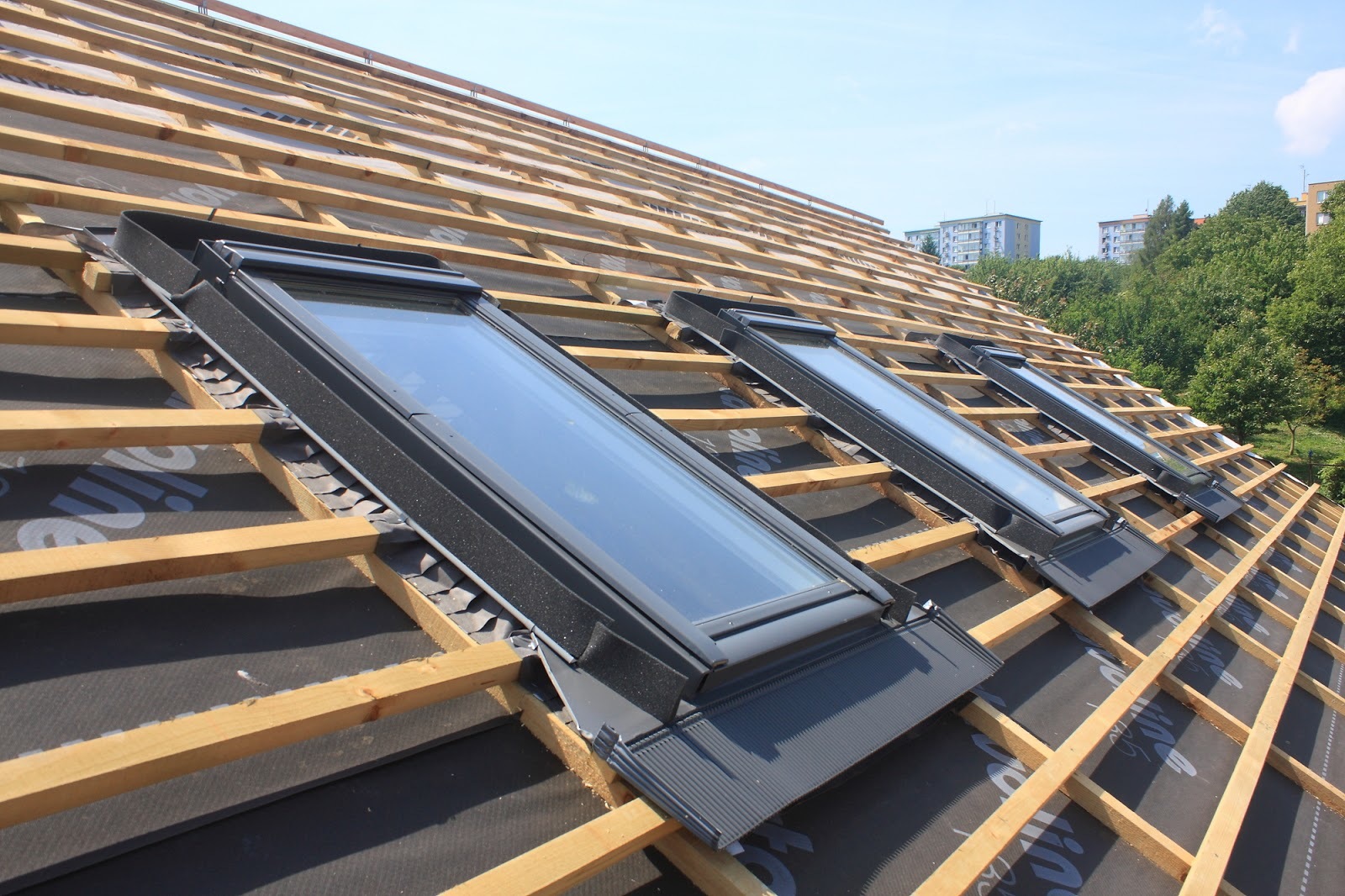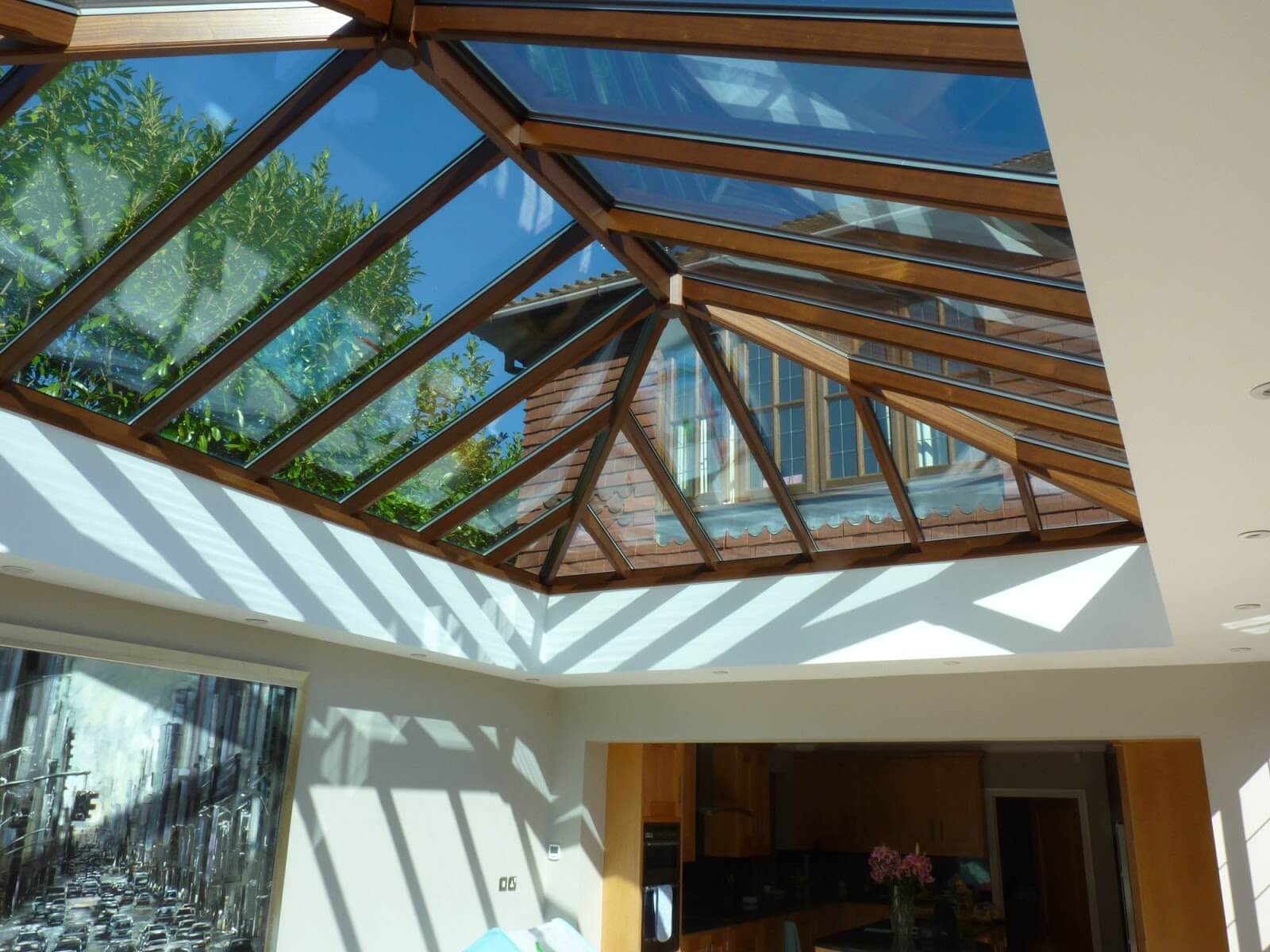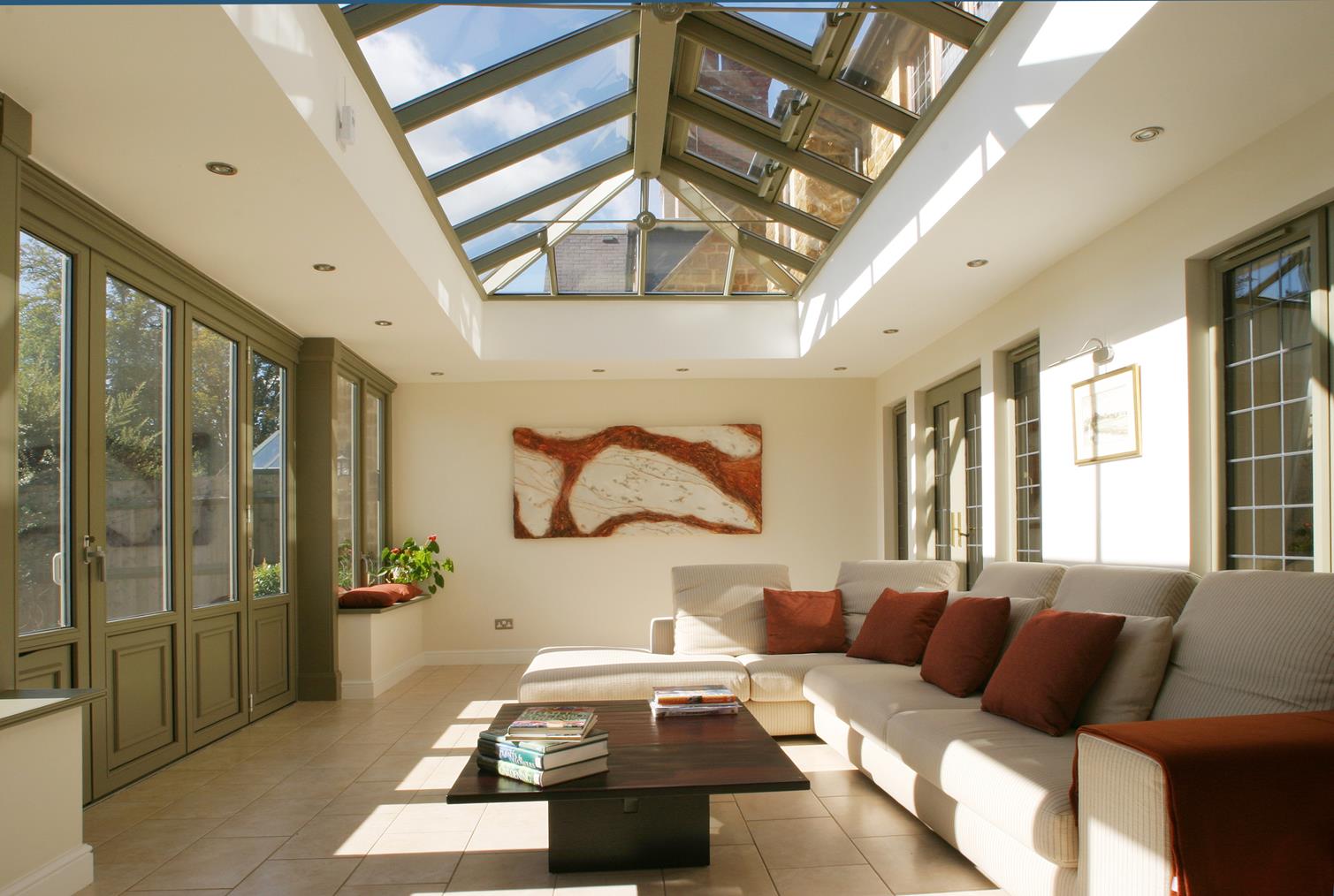Looking to add a touch of rustic charm or contemporary elegance to your home? A wooden roof lantern just might be the perfect architectural focal point. Let’s explore the warmth and character that wood lends […]
The History and Development of Roof Lanterns and Skylights
“Roof Lanterns UK – The Lantern Specialists”
Posted by: Laura Wakeham. on the 05th August 2015
Prestige Roof Lanterns UK off a number of bespoke, high-quality roof lanterns, skylights and roof lights that have developed over the years to become even more durable, effective and efficient.
But what is the history of roof lanterns and how have they developed over the years?
In this week’s blog post, Prestige Roof Lanterns UK look at the history of the roof lantern and skylights and share some interesting facts on its development.
The History of Roof Lanterns and Skylights
The glazed lantern was developed during the middle ages and went on to be used in Renaissance architecture, particularly for Renaissance cathedrals.
The Roof Lantern on the Florence Baptistery
The Florence Baptistery is also known as the Baptistery of Saint John and is, unsurprisingly, located in Florence, Italy. The baptistery is one of the oldest buildings in Florence and was constructed between 1059 and 1128. It provides an early example of a historic roof lantern.
The baptistery’s octagonal roof lantern was added as an additional feature to the roof around 1150 and was enlarged with a rectangular apse (a large semi-circular recess) in 1202.
The Roof Lantern on the Seville Cathedral
Seville Cathedral is a Roman Catholic cathedral located in Seville, Andalusia in Spain. It is the largest Gothic cathedral and the third-largest church in the world. It was registered in 1987 by UNESCO as a World Heritage Site.
The roof lantern is in the shape of a dome and collapsed in 1511, only to be fully re-built by 1519.
Roof Lanterns used in Orangeries
Roof Lanterns began to be used in orangeries in sixteenth century Europe, particularly France and Italy. Orangeries were used to house orange and citrus trees in order to protect them from winter weather, roof lanterns helped to maximise the amount of sunlight entering the building.
Roof lanterns became even more interesting post-Renaissance, and were made mostly from timber and glass. Unfortunately though, most roof lanterns were prone to leaking.
Many people opted for a skylight, rather than a roof lantern. Skylights originally featured timber or wood-frames in the eighteenth and nineteenth centuries, yet metal became more popular in the Victorian Era, most probably due to technological advancements in the production of metal.
Most town houses in the late-nineteenth and early-twentieth centuries relied upon a metal-framed skylight to allow light into the stairwell. Roof Lanterns, however, were regarded as much more elaborate and sophisticated version of the sky light.
Modern Roof Lanterns
Undoubtedly, roof lanterns have undergone vast improvements and changes over the years. Not only are they watertight, nowadays, and feature the added benefit of sealant and insulation, they feature advanced glazing for improved performance and energy efficiency.
Prestige Roof Lanterns UK offer a number of modern skylights, roof lights and roof lanterns to add quality, class and a bit more sunlight into your home!
For more information on a skylight, roof light or roof lantern, call Prestige Roof Lanterns UK on 0843 886 7949.






